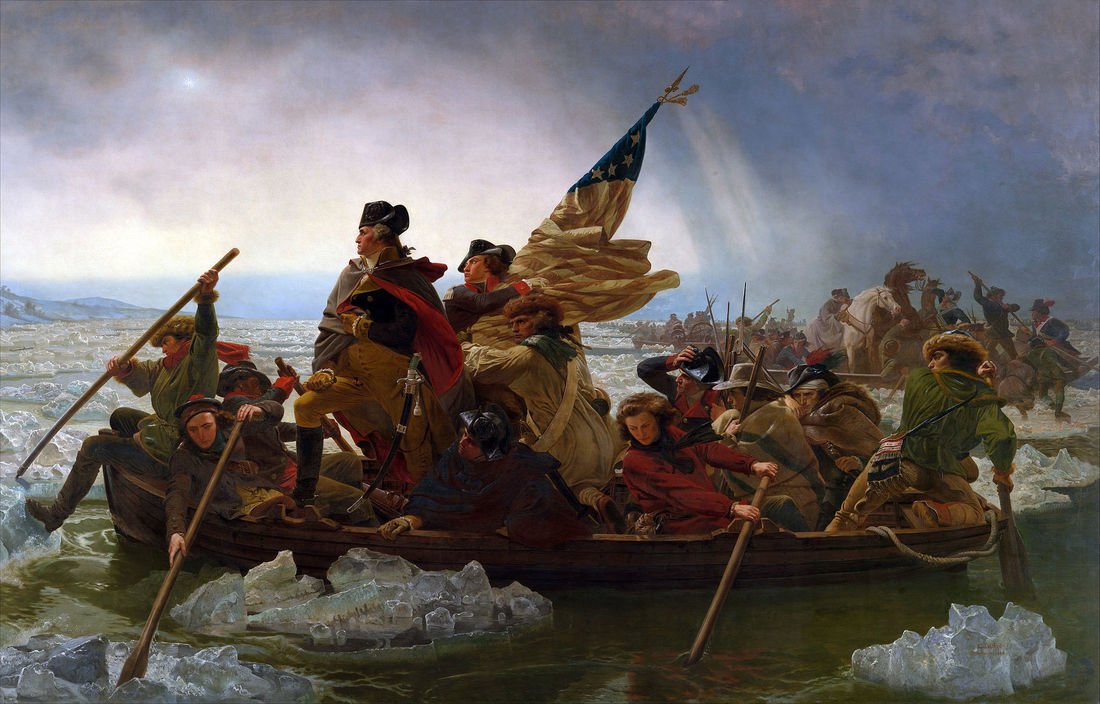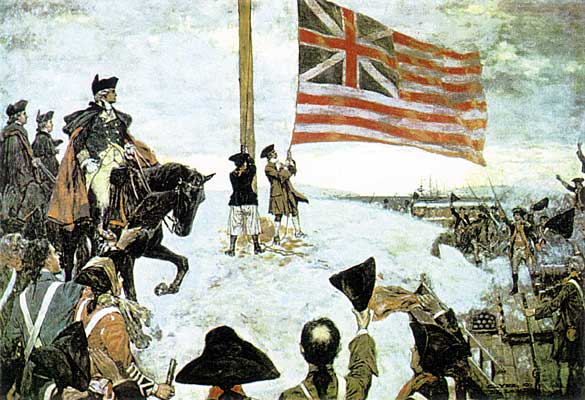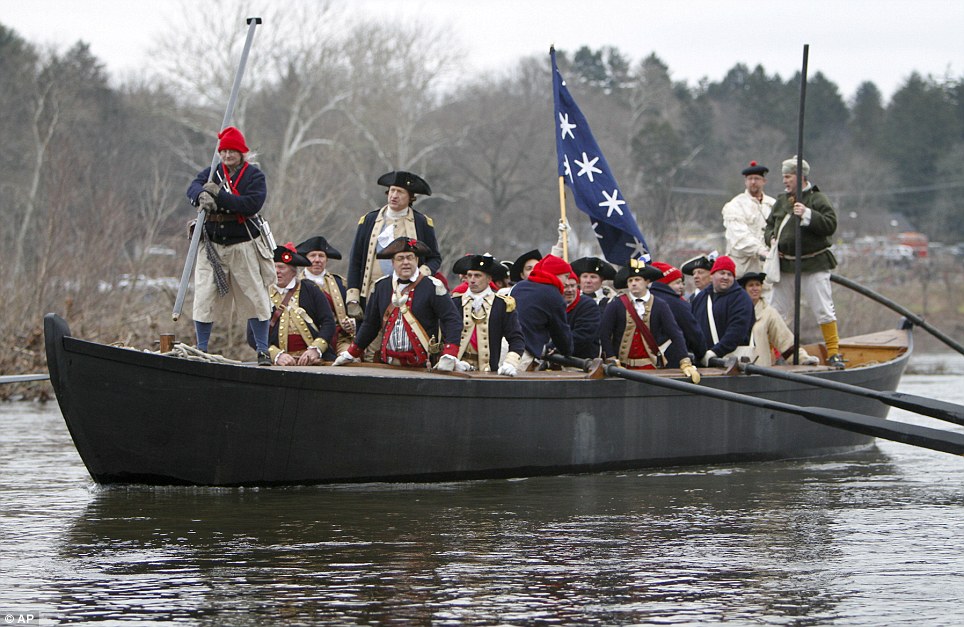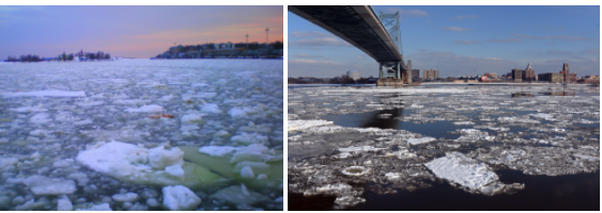 In honor of President’s Day, I present a question: Does art peddle in alternative facts? Let's consider what is arguably the most famous history painting of the Revolutionary War, perhaps in all of American history: Washington Crossing the Delaware. Our soon-to-be first president, George Washington, and his men are depicted in valiant and heroic poses on a monumental canvas that has pride of place in the heart of the American wing at the Metropolitan Museum of Art. (Trivia: A version also once hung in the West wing of the White House. Our president, Donald Trump, out to kill the National Endowment for the Arts, would have seen it en route to his office every day). But, is the painting to be trusted? Let’s start with what it gets right. The facts. The surprise crossing did happen -- on the night between Christmas and Dec. 26, 1776. And Washington was victorious once on land, his troops nimbly defeating Hessian mercenaries fighting for the British at the Battle of Trenton. Fatalities were relatively few, with three Americans dead and six wounded. Twenty-two Hessians lost lives. But the 1851 painting takes a number of liberties, which in this case were intended to motivate European reformers with the example of America’s revolution on the heels of 1848 worker uprisings. (Karl Marx and Friedrich Engels’ Communist Manifesto was published that February in London, and the world was a’twitter with talk of class struggles). What does artist Emanuel Leutze do to make war in the dead of winter look heroic and winnable? First, he creates a stable triangular composition anchored by the planful and stoic Washington. The sun is breaking, bathing faces of several boatmen in a gentle and optimistic light. Washington is clad in spotless military uniform. And the lead boat is followed by an array of support vessels in formation behind their indefatigable leader. But, truth be told, that’s actually not how the crossing went down. At all! Consider these “alternative facts” in the painting:
The Raising of the Grand Union Flag in 1776 in Somerville, Massachusetts. Clyde O'DeLand.
Actors taking their places in a Durham boat to re-create Washington's crossing
The Rhine at left; the Delaware River at right.
So, can we accept Leutze’s picture, with its myriad artistic liberties? I say yes. Absolutely. Leutze has the fundamental facts straight, and his painting, crafted some 75 years after the event it depicts, does not deign, and never professed, to be “news.” Art cannot be fake news because art is “fake” to begin with, and the audience for art understands and expects myth, fancy, illusion and distortion. We expect news, though (and our presidents), to be truthful -- something far more elusive, compelling, and beautiful than the real world.
2 Comments
1/17/2022 11:45:28 am
Great article! Thank you for sharing this informative post, and looking forward to the latest one.
Reply
Leave a Reply. |
About EmilyWhen I'm not teaching art history or touring, I'm scouring the city's museums for art tidbits to share with you. ArchivesCategories |




 RSS Feed
RSS Feed